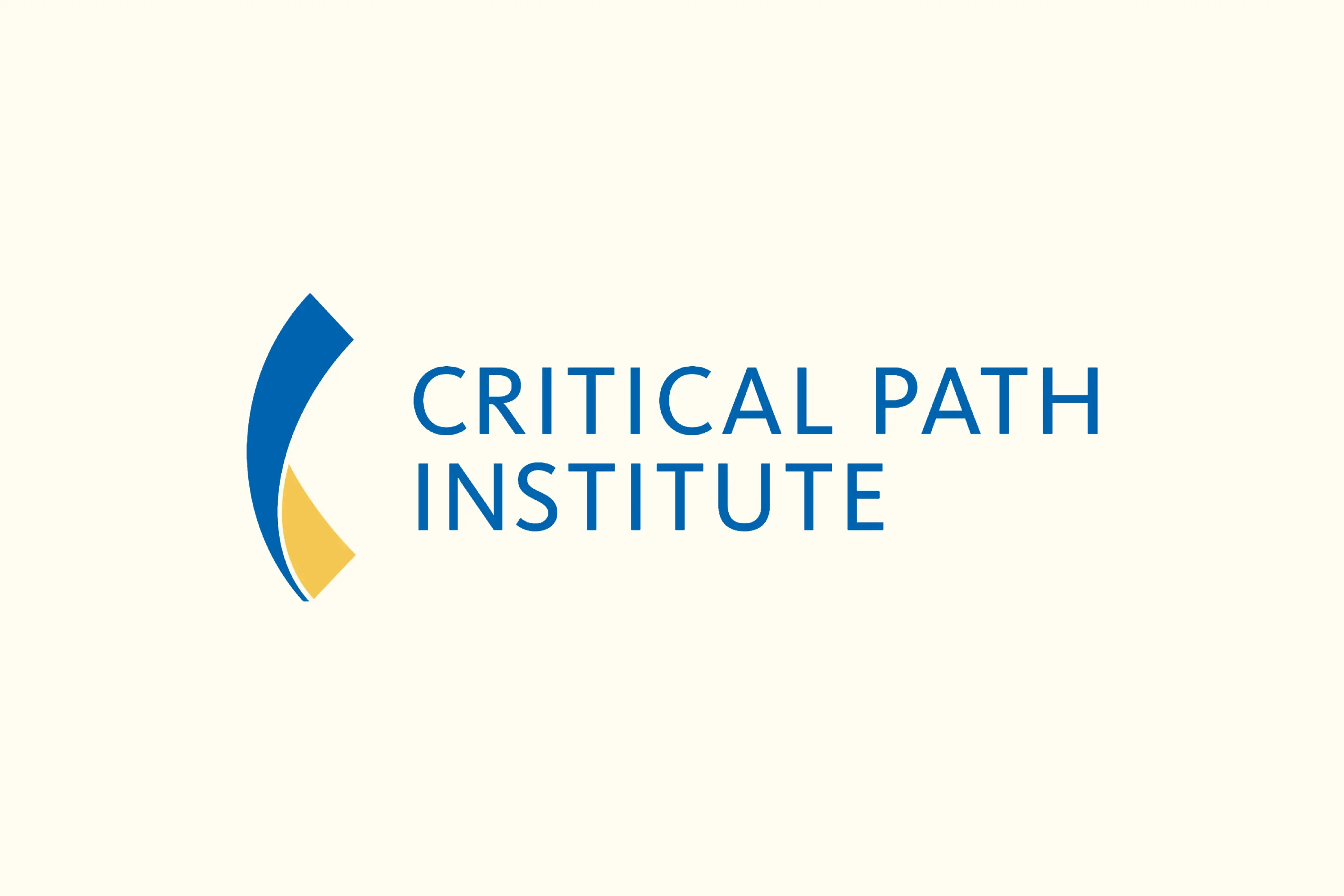By Alexander Diegel, Sorin Fedeles, and Wendy Vanasco
When Lisa Cormack’s daughter Jaina was 4 years old, she went to the pediatrician for a typical preschool physical. A healthy, happy kid, there was no reason to fear anything abnormal or concerning would be discovered as part of the checkup. A lump was found on the young girl’s abdomen, which triggered an immediate fear of kidney cancer. What she was ultimately diagnosed with, however, was autosomal recessive polycystic kidney disease, or ARPKD.
ARPKD is a rare genetic disorder that affects one in 20,000 children. A child with ARPKD has fluid-filled kidney cysts that make the kidneys too big, or enlarged, and can cause a child to have poor kidney function even as early as when they are still in the womb. Liver scarring also occurs in all cases of ARPKD which can decrease liver function over time. Almost all children with ARPKD have high blood pressure which can increase their chances of heart disease and stroke and further damage their kidneys. Most children with ARPKD often develop kidney failure before reaching adulthood, requiring dialysis or a kidney transplant.

What that all meant for Jaina and her little sister Chesley, who was diagnosed six months later as a baby via genetic testing, is a lifetime of medications, treatments, and varying degrees of illnesses such as chronic fatigue. In short, the girls live a different life than many other children, including their brother, who is healthy but a carrier for the disorder.
“They’re on a ton of blood pressure medications, Jaina is on growth hormone and they do iron supplements. Jaina’s medications have also been tweaked this past year,” Lisa explained. “We don’t do contact sports, so what our girls do is music. They play the violin and piano beautifully because those are safe activities they can do with kidney disease. It’s really shaped our lives.”
As a result, advocacy and fundraising have become part of their lives, as well, for patient-centric groups like the PKD Foundation and the Organ Transplant Association. The family has been part of clinical trials, has been treated at several hospitals, and spent time at the Ronald McDonald House.
For the Cormacks, sometimes advocacy work can mean staying connected to the PKD community, introducing their kids to others with ARPKD, and being a supportive resource for those recently diagnosed.
“We’re very interwoven within the PKD community and like to meet other families with shared experiences. There was a family that we met with on the playground at Cleveland Clinic that just had a daughter diagnosed . We’ve met kids from around the country, and even a child from Australia.”
While the support and connections with the community have been great for the Cormacks, their ultimate goal of finding a cure, or better treatments, has not advanced in the nine years since Jaina’s initial diagnosis.
“There’s no cure for this disease, and there are no treatments for the disease; you only treat the symptoms,” Lisa explained.
A major reason for limited drug development activity for ARPKD is the lack of regulatory-grade drug development tools that can optimize the evaluation of treatments for the disease, which creates uncertainty for researchers and companies considering therapeutic programs in ARPKD. Enter C-Path’s Polycystic Kidney Disease Outcomes Consortium (PKDOC). PKDOC is a collaborative partnership including the PKD Foundation, academic, industry, and regulatory stakeholders whose mission is to support and foster research that will lead to the advancement of treatments for both ARPKD, as well as autosomal dominant PKD (ADPKD).
Most recently, PKDOC and the PKD Foundation held the first-ever Externally-Led Patient Focused Drug Development (EL-PFDD) meeting on ARPKD with the objective of connecting the ARPKD community with the U.S. Food and Drug Administration (FDA) to provide for a collaborative dialogue to identify specific unmet needs from the perspectives of patients, families, caregivers, and patient advocates. This dialogue is a key factor in envisioning the specific drug development tools that could accelerate drug development for ARPKD.
PKDOC has a long history of impact in the PKD space. By creating a unique forum where regulators, industry and academia can interact and share data and insights, the advancement of regulatory-grade solutions can take place. This enables clinical trial optimization and improved decision making to increase late-stage clinical study success rates. The qualification of total kidney volume (TKV) as an enrichment prognostic biomarker for ADPKD and its subsequent designation as a reasonably likely surrogate end-point was a direct result of the cross-functional multi-stakeholder efforts that PKDOC spearheaded.
As we turn our focus to ARPKD, PKDOC is well positioned to continue aligning the various stakeholder voices in the space to achieve regulatory science advancements in order to speed up ARPKD drug development.
Want to support PKDOC’s life-changing work?






